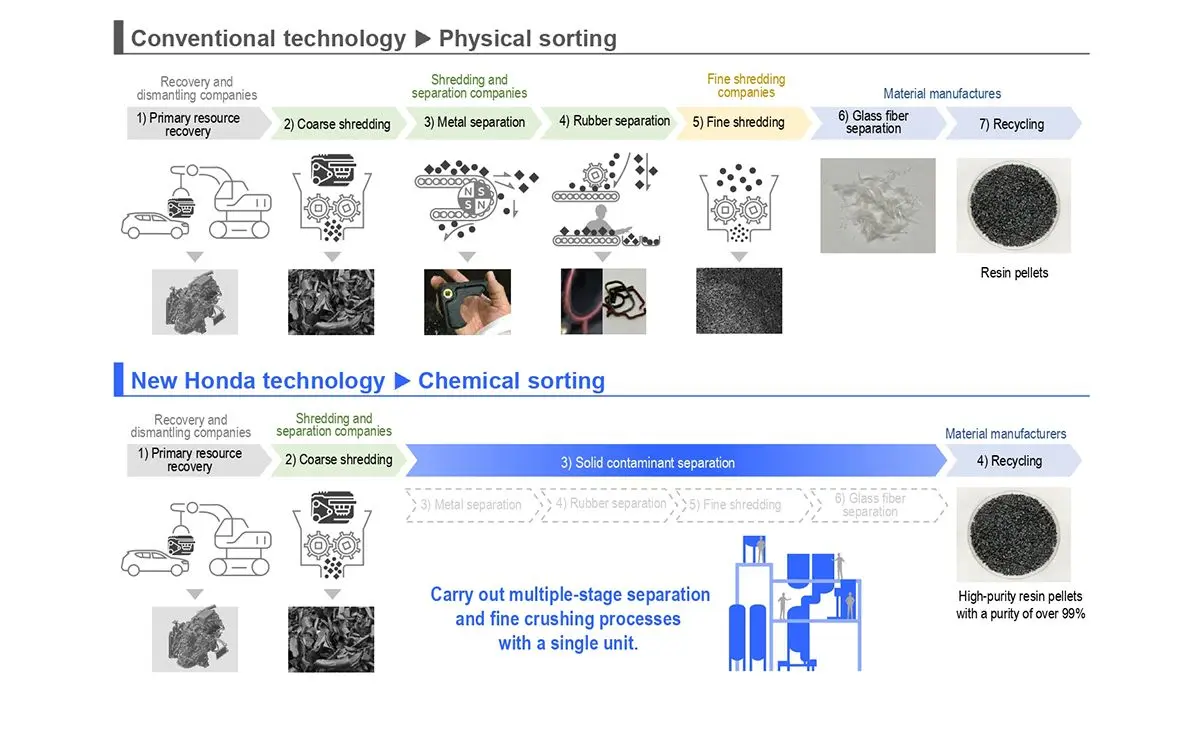Can we have a future without carbon? Thanks to global initiatives calling for renewable energy, electrified transportation, reforestation and more, it might just be possible.
The decarbonization process is an incredible undertaking requiring a targeted focus and dedication to transforming how we work and live.
What is decarbonization?
The number of companies racing to modify production to coexist with the environment increases annually. Many are turning to decarbonization to achieve this. But what is the process of decarbonization? Simply put, it’s the process of reducing carbon dioxide (CO₂) emissions. The decarbonation process leverages clean energy — like solar or wind power — to improve energy efficiency and move towards a low-carbon or carbon-neutral infrastructure.
The Paris Agreement on Climate Change, adopted by the United Nations in 2015, lists decarbonization as a global priority. Below are some current, real-world decarbonization examples:
Automotive
According to the Harvard Business Review, “BMW decided to pursue a more flexible decarbonization strategy. Their plans include gasoline and diesel-fueled internal combustion engines, plug-in hybrid EVs, and battery EVs. The goal is to reduce lifecycle emissions across BMW’s supply chain, their production, and tailpipe emissions.”
Food & Beverage
In 2024, Forbes highlighted the climate change commitment of New Belgium Brewing Company, who is working to decarbonize their steam. CEO Shaun Belongie shared, “Carbon reduction work is a story of innovation and is inherently full of stops and starts. New Belgium’s commitment to reducing our carbon footprint means investing in emerging technology that doesn’t always have a clear outcome.”
Urban Planning
Copenhagen, Denmark’s CPH 2025 Climate Plan adopted in 2012 set the goal of becoming carbon neutral by 2025 through four methods: limiting energy consumption, increasing renewable energy production, encouraging green transportation and city administration initiatives. The Carbon Neutral Cities Alliance reports that 80% of the total reduction will come through changes to energy consumption.” While Copenhagen is not slated to meet the goal by 2025, they have made incredible strides with a biomass fueled combined heat and power plant, wind turbines and more.
Decarbonization strategies
Achieving decarbonation will take a combination of technology, public policies and behavioral change adopted by governments, businesses and citizens. Decarbonization solutions and strategies include (but are not limited to):
- Increasing renewable energy through solar, wind, hydro and other sources of power
- Modernizing energy grids to maximize efficiency
- Extracting CO₂ directly from the air (i.e., Direct Air Capture)
- Electrifying transportation like vehicles, busses, and high-speed rail
- Replacing fossil fuels with bio-based materials
- Encouraging regenerative agriculture
- Adopting reforestation or forest establishment in new locations (i.e., afforestation)
While there are many ways to approach decarbonation, the decarbonation process must be fully embraced by governments, businesses and citizens to reach maximum effectiveness.
Decarbonization in construction
Perhaps one of the most significant decarbonization methods is a reduction of carbon emissions in building materials. The World Economic Forum reports the construction industry accounts for 38% of global energy-related carbon emissions. Eliminating this output requires construction teams, architects, designers and others to embrace greener, bio-based materials like sustainably sourced timber and low-carbon concrete.
Fortunately, decarbonization partners like the U.S.-based Building Decarbonization Coalition are “charting the course to eliminate fossil fuels in building to improve people’s health, cut climate and air pollution, prioritize high-road jobs, and ensure that our communities are more resilient to the impacts of climate change.”
Creating a resilient future
The long-term success of decarbonization depends on continued innovation and the commitment of individuals, companies and governments worldwide.






